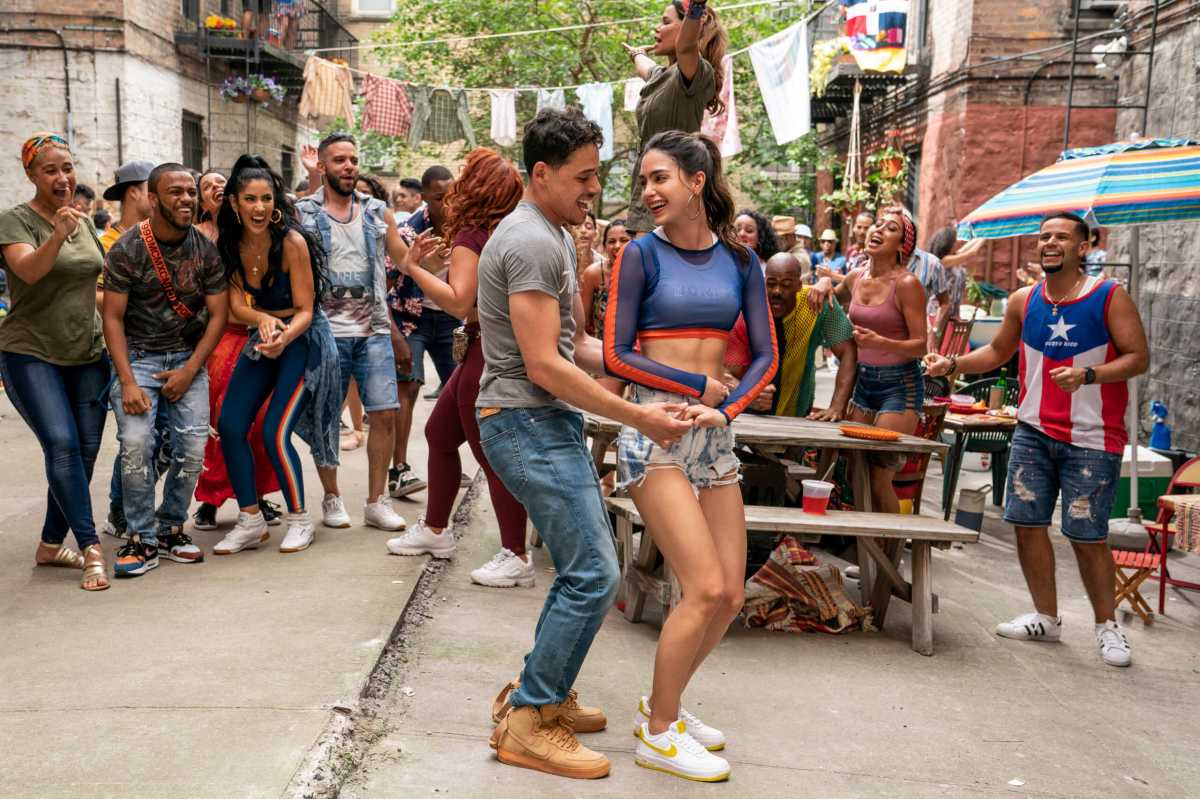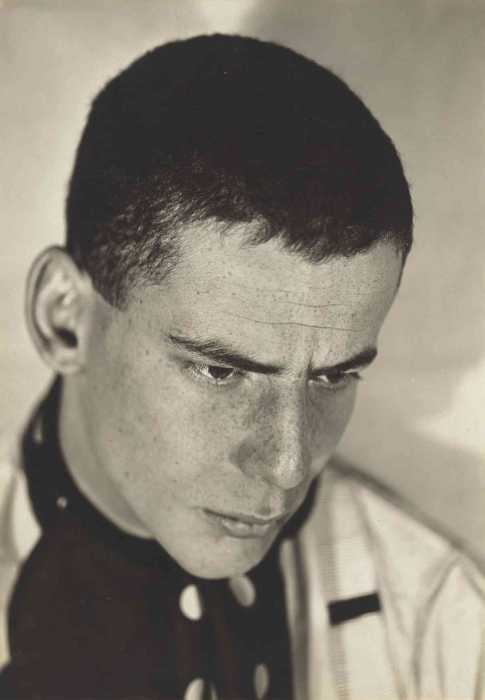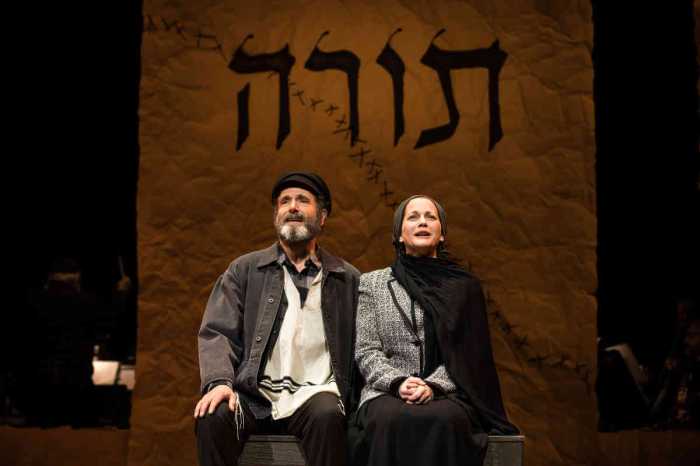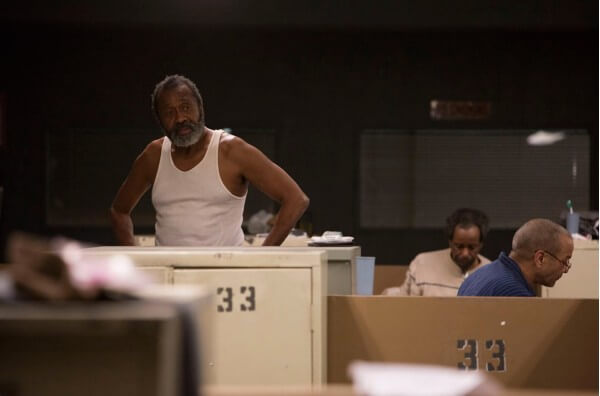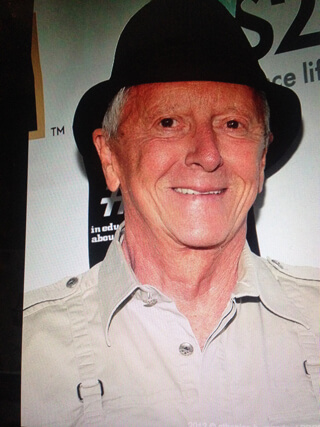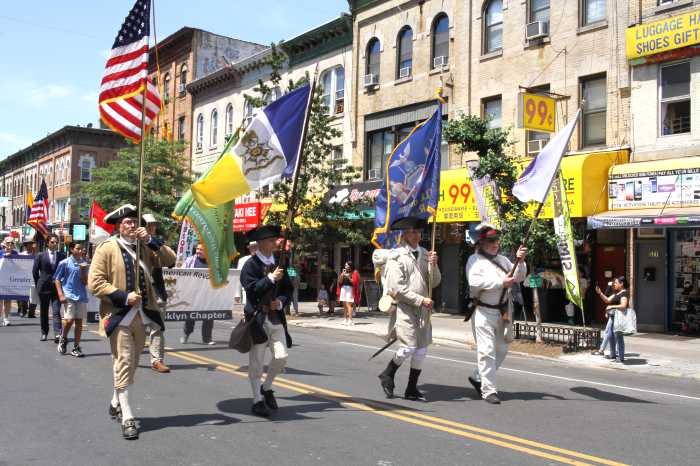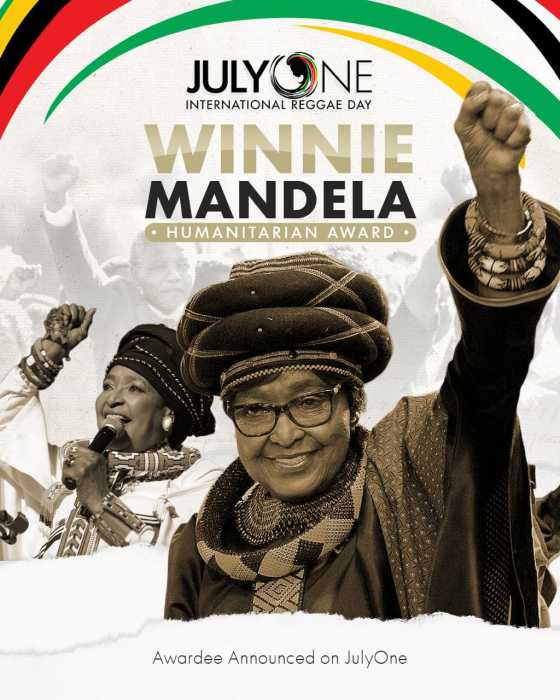As New York continues to open up after the dark days of the pandemic, there is cause to celebrate the city’s diversity, vibrancy and spirit of possibility that have historically been its hallmarks. Leading the party is the terrific movie made of the 2008, Tony-winning Best Musical “In The Heights” now in theaters and on HBO Max.
The release which was delayed nearly a year due to Covid is a joyous explosion of a musical that fills the screen with life, appealing characters, amazing dancing, and Washington Heights as a spectacular backdrop for it all. By the way, though it’s streaming on HBO Max, save that for your third or fourth viewing; see it in a theater to get the full effect.
What makes “In the Heights” such a pleasure is that it is unapologetically and unabashedly a musical — and a movie musical at that. With a bright and appealing multi-style score by Lin-Manuel Miranda, a screenplay adapted from the stage show by Quiara Alegría Hudes, and Jon M. Chu, the movie has the outsized production numbers, the thin but appealing plot, and the unfettered exuberance that characterized the classic MGM musicals with homage to everyone from Busby Berkeley to Robert Wise and Jerome Robbins, while feeling fresh and contemporary.
Targeted directly to a generation of moviegoers who have come of age with music videos and shows like “Dear Evan Hansen” and “Be More Chill,” Chu eschews any vestiges of realism and goes for the full-on emotional impact, no matter how fantastical. It’s exciting to see. Moreover, Chu uses saturated colors, dramatic lighting, and animation technology to marry the classic and contemporary seemingly effortlessly. In addition to Chu’s direction, choreography by Christopher Scott is on a grand scale that also encompasses a wide range of movement styles.
The plot is classic musical fodder as well. Usnavi, a young man with a dream, wants to give up his bodega and move to the Dominican Republic, but that would mean giving up his world filled with colorful characters and adopted family. He pursues it nonetheless. He meets a girl named Vanessa. They kind of fall in love, but as is absolutely obligatory in this genre of story, getting there is a rocky road. Challenges and subplots ensue which glance issues such as family, neighborhood, immigration, and the Latin experience, all culminating in a happy ending. This simplification is not to minimize the story. Rather, within the form, Miranda and Hudes have created a world full rich, appealing, and irresistible characters that bring the world to life. Miranda’s score combines hip-hop, rap, what you might call standard musical comedy songs including dance numbers and ballads, all combined seamlessly.
The performances are all outstanding. Notably, Anthony Ramos in the role of Usnavi, which was originated on stage by Miranda. Intrepid New York theatergoers may remember him from Scott Siegel’s “Broadway’s Rising Stars” concert, or that other little show, “Hamilton.” He has a dynamic on-screen presence that’s pure star power. Melissa Barrera is great as Vanessa, and Olga Merediz as Abuela Claudia, the spiritual center of the community, and her number “Paciena y Fe” (“Patience and Faith”) is the heart center of the entire piece. Oh, and Miranda shows up as Piragua Guy, a seller of water ices who gets in a few good notes in the process — and some well-timed comedy. Other stage and screen veterans include Daphne Rubin-Vega as a sassy salon owner, and Jimmy Smits, but it’s the entire, diverse company that gives a sense of the community and a complete world. To watch more than 90 dancers in a number called “96,000” about a lottery prize staged in a park and a fountain is pure musical heaven.
The juxtaposition of presenting real, relatable characters in the inherent abstraction of song and dance is what gives musicals their unique power. Since opening, the movie has received some criticism for not portraying Washington Heights, the actual neighborhood, more realistically, but that’s not what musicals do. Musicals, at least ones in the scale and structure of “In the Heights,” are abstractions that plumb the humanity of a group, whether gang members in New York, nuns in an abbey, fantastical creatures on a yellow brick road, or plucky orphans, to elucidate some truths about the human experience…and give you a tune you can hum. To ask that these be literal representations is to miss the point, which is more symbolic and poetic and permits everyone in the audience to see themselves in the stories unfolding. The classic tropes of the musical are what gives it emotional heft, not realism. This is something that Lin-Manuel Miranda has reflected in all his work and that his production teams have executed brilliantly, even as they give voice to some aspects of the Latin experience.
Speaking of tropes, given the excitement of this movie, it might be forgivable to fall back on a cliché from movie blurbs and say, in no uncertain terms, that “In the Heights” is a feel-good movie of the summer.
IN THE HEIGHTS | Rated PG-13 | In Theaters and on HBO Max

